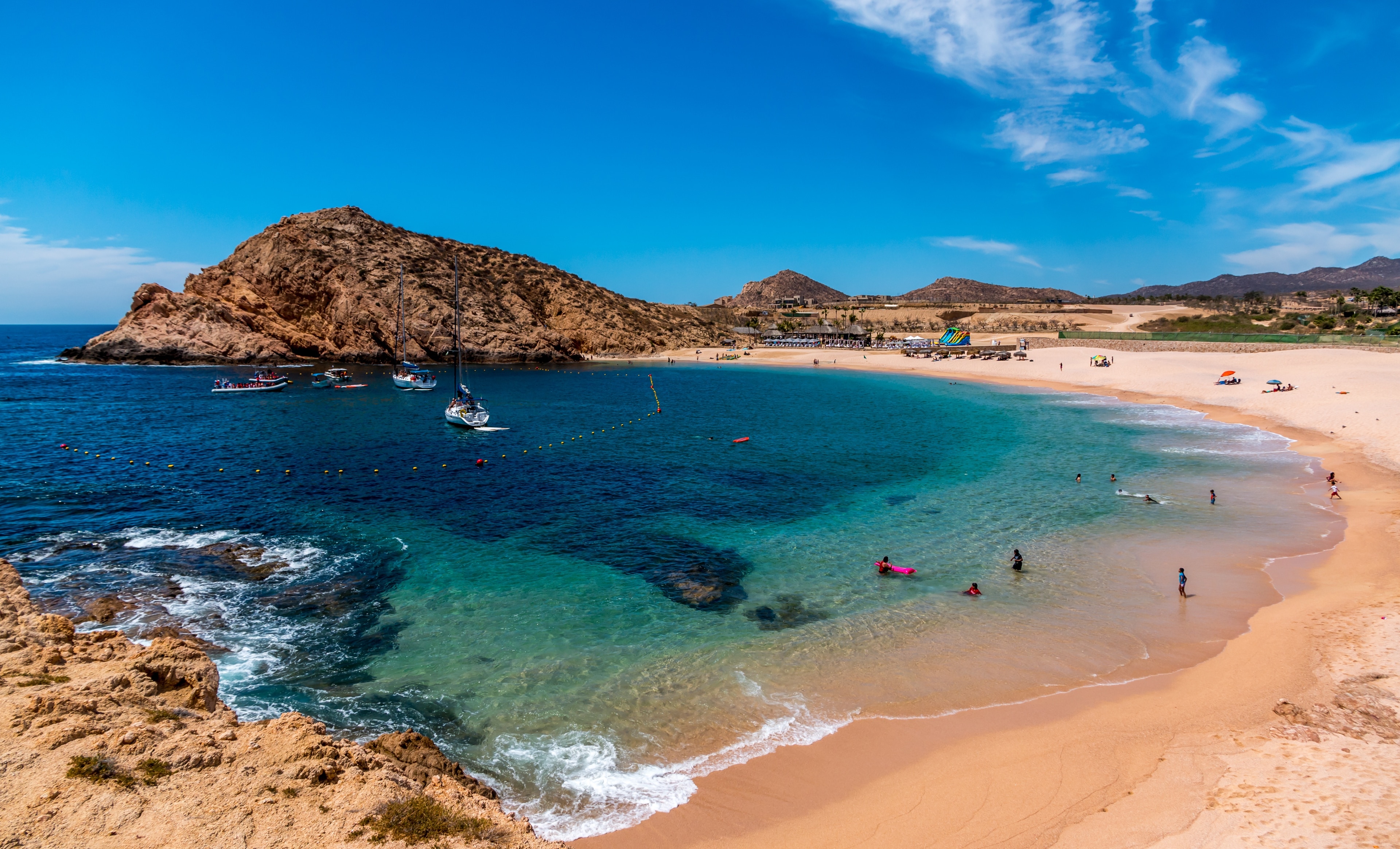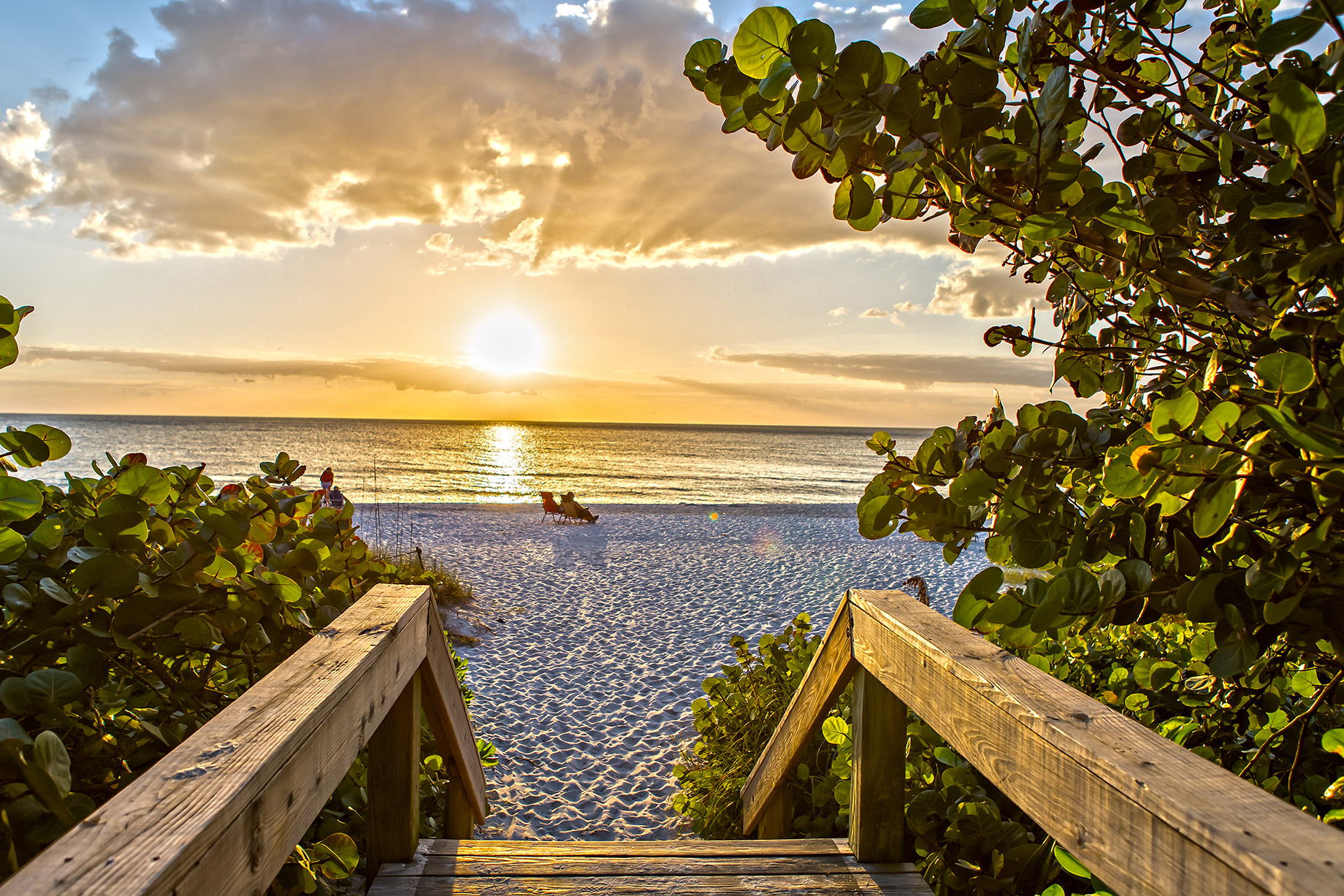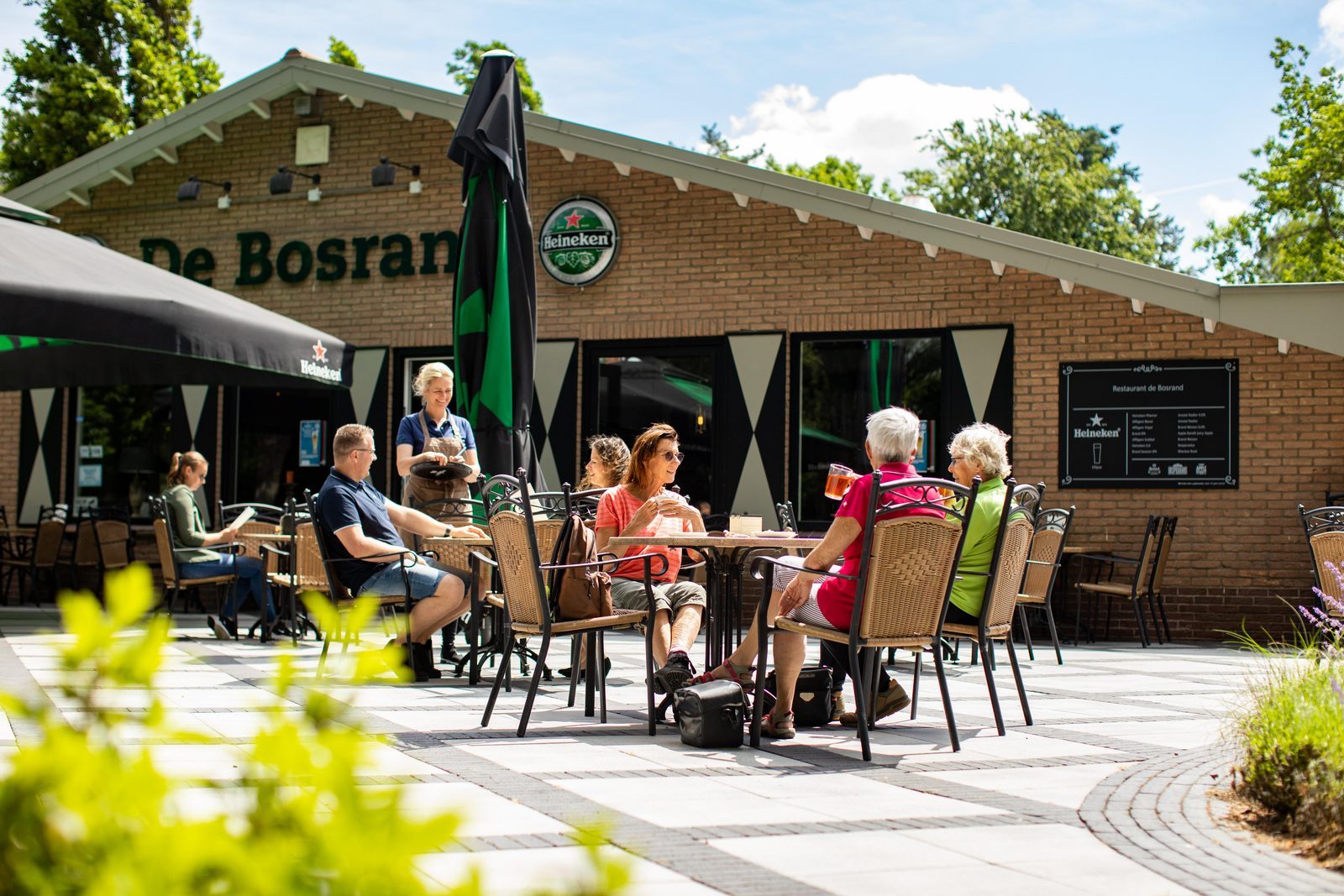Best warm places to live offer more than just pleasant weather; they represent a lifestyle shift, a chance to embrace a different culture, and potentially, a more relaxed pace of life. This guide explores the ideal climates, locations, and lifestyle considerations for those seeking warmer temperatures, delving into economic factors and environmental impacts to provide a holistic view of relocating to a sunnier locale.
From the Mediterranean coast to subtropical havens, we’ll uncover the best options for a warmer life.
Choosing the perfect warm climate involves balancing personal preferences with practical considerations. Factors like cost of living, job markets, and environmental sustainability play crucial roles in the decision-making process. This guide aims to provide the necessary information to navigate these complexities, empowering you to make an informed choice about your future home.
Defining “Warm”
Determining what constitutes a “warm” climate requires a nuanced understanding of temperature ranges and associated weather patterns. While subjective perception plays a role, a more objective definition relies on average annual temperatures and the prevalence of specific climate types.Warm climates are generally characterized by relatively mild winters and warm to hot summers. The absence of prolonged periods of freezing temperatures is a key differentiator.
This definition, however, needs further clarification to distinguish it from “hot” climates.
Average Annual Temperatures and Climate Types, Best warm places to live
A range of average annual temperatures between 15°C (59°F) and 25°C (77°F) can generally be considered “warm.” Climates within this range often exhibit characteristics of Mediterranean or subtropical zones. Mediterranean climates are known for their hot, dry summers and mild, wet winters, while subtropical climates are typically characterized by warm, humid summers and mild winters. The exact temperature thresholds can vary based on factors like elevation and proximity to large bodies of water.
Check amtrak trip planner to inspect complete evaluations and testimonials from users.
Warm Versus Hot Climates
The distinction between “warm” and “hot” climates lies primarily in the intensity and duration of high temperatures. While warm climates experience warm summers, hot climates are defined by prolonged periods of extremely high temperatures, often exceeding 30°C (86°F) for significant portions of the year. The difference is not merely a matter of degree but also encompasses the impact on human comfort and lifestyle.
For example, a warm climate might require air conditioning only during heat waves, whereas a hot climate may necessitate its use for a considerable portion of the year.
Comparison of Warm Climate Zones
The following table compares different warm climate zones based on average temperature and humidity levels. These values are approximate and can vary based on location and microclimates.
| Climate Zone | Average Annual Temperature (°C) | Average Humidity (%) | Characteristics |
|---|---|---|---|
| Mediterranean | 15-20 | 50-70 | Hot, dry summers; mild, wet winters; moderate humidity. |
| Subtropical | 18-25 | 60-80 | Warm, humid summers; mild winters; higher humidity than Mediterranean. |
| Temperate Warm | 10-15 | 60-75 | Mild summers and winters; moderate humidity; potential for snowfall. |
| Highland Warm | 12-18 | Variable | Cooler temperatures due to elevation; variable humidity. |
Geographic Locations: Best Warm Places To Live
Finding the perfect warm place to live involves considering a multitude of factors beyond just temperature. This section explores five countries renowned for their warm climates and delves into specific regions within them, offering a glimpse into the diverse options available to those seeking a warmer lifestyle. We will also compare the cost of living in selected locations to provide a more comprehensive understanding.
Several factors influence the desirability of a warm location, including average temperatures, sunshine hours, proximity to amenities, and cultural attractions. While temperature is a primary consideration, a holistic view encompassing lifestyle and cost of living is crucial for making an informed decision.
Warm Regions Across Five Countries
The following countries offer a diverse range of warm climates, each with its unique characteristics and appeal:
- Spain: Regions like Andalusia (southern Spain), boasting the Costa del Sol and its Mediterranean climate, and the Canary Islands, with their subtropical climate, offer consistently warm temperatures and abundant sunshine. These areas also feature stunning coastlines and a rich cultural heritage.
- Portugal: The Algarve region in southern Portugal is known for its beautiful beaches, warm climate, and relaxed atmosphere. The area enjoys plenty of sunshine and mild winters, making it attractive to retirees and those seeking a slower pace of life.
- Mexico: Mexico’s Yucatan Peninsula, home to Mayan ruins and Caribbean beaches, provides a warm, tropical climate year-round. Coastal areas like Cancun and Tulum are popular tourist destinations, while inland areas offer a more tranquil setting. Southern states like Oaxaca also offer pleasant warm climates with rich cultural experiences.
- Australia: Regions like Queensland, especially along the Gold Coast and Sunshine Coast, are famous for their warm, subtropical climate, beautiful beaches, and vibrant lifestyle. Western Australia’s southern coastal regions also provide a mild, warm climate, though with less humidity than the east coast.
- Thailand: Much of Thailand enjoys a tropical climate with warm temperatures year-round. The southern islands, such as Phuket and Koh Samui, are known for their beautiful beaches and luxurious resorts. Chiang Mai, in the north, offers a more temperate climate with cooler nights, particularly during the winter months.
Cost of Living Comparison
Cost of living can vary significantly across different warm locations. The following comparison highlights the differences between three diverse locations:
| Location | Country | Estimated Monthly Cost (USD) for a Couple | Notes |
|---|---|---|---|
| Algarve, Portugal | Portugal | $2000 – $3500 | Relatively affordable compared to other locations; cost varies greatly depending on lifestyle and location within the Algarve. |
| Cancun, Mexico | Mexico | $2500 – $4500 | Can be expensive, especially during peak tourist season; cost depends on accommodation and lifestyle choices. |
| Gold Coast, Australia | Australia | $4000 – $7000+ | Significantly more expensive than the other two locations; cost of living in Australia is generally high. |
Key Features of Selected Warm Locations
The following bulleted list summarizes key features of each location, offering a concise overview for potential residents:
- Algarve, Portugal: Coastal location, mild winters, relaxed atmosphere, relatively affordable.
- Cancun, Mexico: Tropical climate, Caribbean beaches, vibrant nightlife, can be expensive.
- Gold Coast, Australia: Subtropical climate, beautiful beaches, active lifestyle, very expensive.
Lifestyle Considerations

Relocating to a warm climate significantly impacts lifestyle, encompassing cultural immersion, recreational opportunities, and dietary habits. Understanding these aspects is crucial for a smooth transition and a fulfilling experience in your new home.
Warm climates often foster a more relaxed and outdoor-oriented lifestyle. The extended periods of sunshine and pleasant temperatures encourage social interaction and a slower pace of life compared to regions with harsher winters. This can lead to a greater emphasis on community events, outdoor dining, and a general sense of well-being associated with increased exposure to sunlight and vitamin D.
Cultural Aspects of Warm Climates
The cultural landscape of warm-climate regions is diverse and vibrant, shaped by historical influences and geographical factors. For example, Mediterranean cultures, common in regions around the Mediterranean Sea, emphasize family gatherings, leisurely meals, and a strong sense of community. In contrast, tropical regions often feature a more laid-back attitude and a vibrant arts and music scene influenced by indigenous traditions.
These cultural nuances significantly impact the daily life and social fabric of these communities. The pace of life, social customs, and even the architecture reflect the climate and its influence on the local culture.
Impact of Warm Weather on Outdoor Activities and Recreation
Warm weather unlocks a plethora of outdoor recreational opportunities. From swimming and sunbathing to hiking and watersports, the possibilities are virtually limitless. Many warm-climate locations boast extensive park systems, beaches, and national parks, providing ample space for outdoor activities. This contributes to a healthier and more active lifestyle, as residents are naturally inclined to spend more time outdoors.
For instance, coastal regions see a thriving surfing and boating culture, while mountainous areas become havens for hiking and rock climbing. The accessibility of outdoor spaces fosters a strong sense of community and provides a natural setting for social interaction.
Influence of Warm Climates on Local Cuisine
Local cuisine in warm climates is often characterized by fresh, seasonal ingredients. The abundance of fruits, vegetables, and seafood readily available results in diverse and flavorful dishes. Mediterranean cuisine, for example, relies heavily on olive oil, fresh herbs, and vegetables, reflecting the region’s climate and agricultural output. Similarly, Southeast Asian cuisine incorporates a wide variety of tropical fruits, spices, and rice, reflecting the unique agricultural bounty of the region.
These culinary traditions are not just about sustenance; they are integral parts of the local culture, often involving communal dining and shared experiences.
Challenges of Living in a Warm Climate
While warm climates offer numerous advantages, it’s important to acknowledge potential challenges. Heat-related illnesses, such as heatstroke and dehydration, are significant concerns, particularly during heatwaves. The intensity of the sun also necessitates precautions against sunburn and skin cancer. Furthermore, seasonal changes, while less dramatic than in temperate climates, still occur. For example, the rainy season in tropical regions can bring significant rainfall and potential flooding.
Proper planning and preparation are essential to mitigate these challenges and ensure a comfortable and safe living experience. Effective air conditioning and appropriate sun protection are vital for mitigating the risks associated with extreme heat.
Visual Representation

Warm climates offer a distinct visual palette, shaped by factors like temperature, rainfall, and proximity to the ocean. Understanding these visual cues helps differentiate various warm-climate environments and appreciate their unique characteristics. The vegetation, architecture, and overall landscape are key indicators of the specific climate subtype.Visual differences between warm climates are striking. The stark contrast between a desert and a coastal region, for instance, highlights the impact of water availability and humidity on the visual landscape.
This visual diversity underscores the wide range of living experiences possible within a “warm” climate classification.
Warm Desert Landscapes
Imagine expansive plains of fine sand, stretching to the horizon under a relentlessly bright sun. Sparse vegetation, primarily consisting of drought-resistant shrubs and cacti, punctuates the otherwise barren landscape. The colors are muted, dominated by tans, browns, and the occasional vibrant green of a hardy succulent. Architecture, where present, often reflects a need for shade and protection from the elements; think low-slung buildings with thick walls, perhaps incorporating natural materials like adobe or stone, designed to retain coolness during the day and release it at night.
The overall impression is one of stark beauty and resilience in the face of harsh conditions. The sky, a vast and intense blue, dominates the visual field, often punctuated by the dramatic silhouettes of isolated mountains.
Warm Coastal Landscapes
In contrast to the desert, a warm coastal landscape is vibrant and teeming with life. Lush, green vegetation thrives in the humid, salty air. Palm trees sway gently in the sea breeze, their fronds rustling against a backdrop of turquoise water. The architecture is often lighter and airier, reflecting the prevailing humidity and warmth. Whitewashed buildings with open verandas are common, allowing for air circulation and enjoying the ocean views.
The colors are brighter, with the deep blues and greens of the ocean contrasting sharply with the vibrant greens and yellows of the coastal vegetation. Sandy beaches stretch along the coastline, offering a place of relaxation and recreation. The overall atmosphere is one of relaxation and serenity.
Warm Temperate Landscapes
Moving away from the extremes of desert and coast, a warm temperate landscape offers a different visual experience. Think rolling hills covered in vineyards or olive groves, bathed in the golden light of the Mediterranean sun. Cypress trees stand tall and proud, their dark green foliage providing a contrast to the lighter hues of the surrounding vegetation. Architecture blends seamlessly with the landscape, often incorporating natural stone and terracotta tiles.
The colors are warm and inviting, ranging from the deep greens of the olive trees to the golden yellows of the harvested crops. Towns and villages nestle amongst the hills, their whitewashed houses adding a touch of elegance to the scene. The overall impression is one of abundance and prosperity, a landscape shaped by both nature and human cultivation.
Ultimately, the search for the best warm place to live is a deeply personal journey. While this guide offers a comprehensive overview of factors to consider, the ideal location depends on individual priorities and preferences. Whether you prioritize cultural immersion, outdoor recreation, economic opportunity, or environmental responsibility, careful consideration of the information presented here will help you make a decision that aligns with your vision of a warmer, more fulfilling life.
The path to finding your perfect warm-weather haven begins with understanding the nuances of climate, culture, and cost of living.



